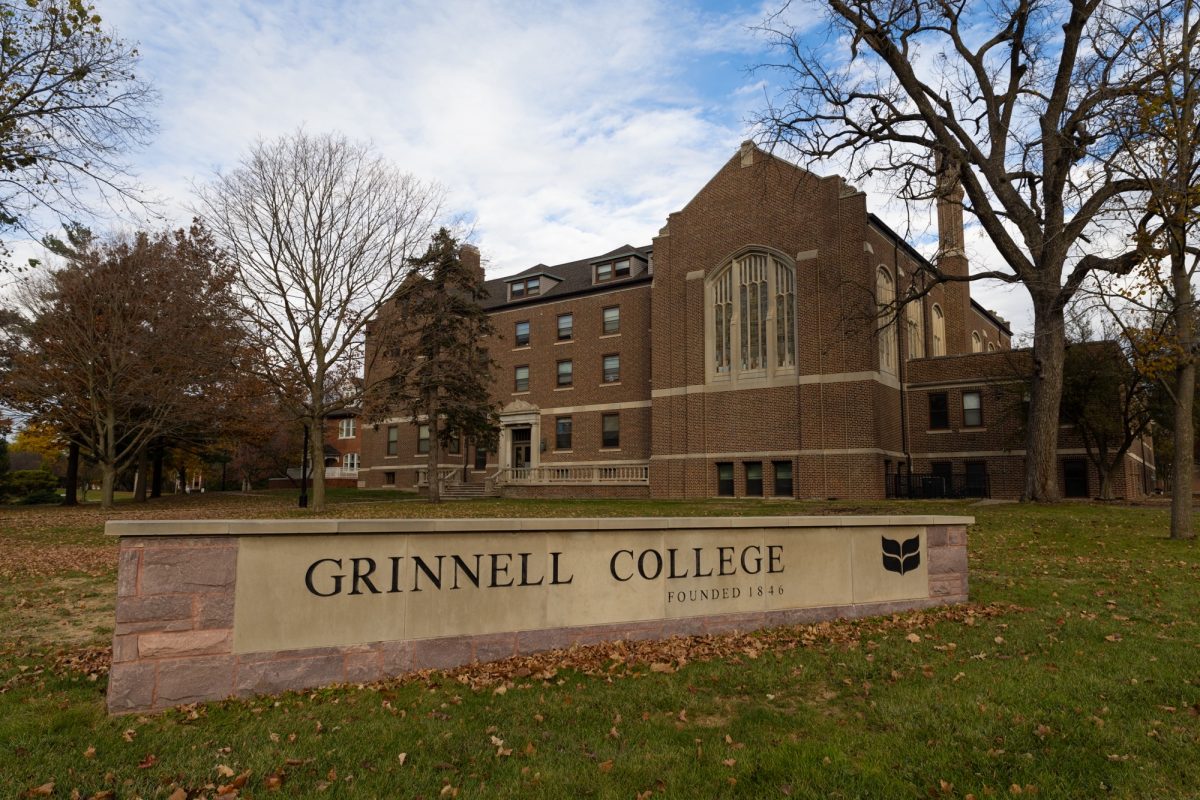I had just entered a dream world. As the vehicle descended from the continental divide down a gravel road somewhere southeast of Cerro de la Muerte, Costa Rica, I became aware of the cloud bank that enshrouded the mountain below me. To my right, an eerie whiteness pressed inward, and to my left a dense cloud forest stood, dripping with condensation and the unrecognizable calls of various fauna. Suddenly, a building loomed out of the fog, composed of roughly hewn lumber and corrugated metal that spoke to the rustic inaccessibility of the place. Soon after, I was greeted by Don Carlos, owner of Estación Biológica Cuericí and 750 acres of primary and secondary forest.
Don Carlos is a humble and generous individual with a tenacious drive to protect and restore as many natural areas as possible. Since childhood, nature and its processes have fascinated him. This led him to adopt conservationist ideals in his adulthood and work toward the reclamation of fragmented forests in the area. All this he does for the benefit of future generations, in terms of continued and improved ecosystem services (e.g. watersheds, climate, sustainable natural harvests). Moreover, he believes that education and integration of the local community in this effort is crucial to preserve Costa Rica’s stunning geographic and biological diversity, and to mitigate timber extraction, hunting pressure and environmental degradation. Currently, Don Carlos welcomes local school groups and the occasional researcher, leading walks through pristine oak forests home to the resplendent quetzal and the endangered Baird’s tapir.
In the past, his grandparents cleared much of the forest to create cattle pasture in conjunction with development programs introduced by the Costa Rican government before the mid-1980s. These policies promised land title grants to any settler who could clear public forest to demonstrate its utility. Fortunately, some of these degraded areas have been protected or partially restored due to the Forest Law of 1986 and growing international awareness of deforestation. Nonetheless, progress is difficult amidst the increasing pressures of commercial agriculture, industrialization and migrant worker immigration. For Don Carlos in the present system, sustainable practices and prudent spending are essential to support his extended family, while protecting an expansive old growth forest. He recognizes the eternal value of an intact ecosystem and thus refuses the frequent proposals made by timber companies, which offer thousands of dollars each for the preserve’s native oak and magnolia trees.
With the help of foreign contributions he has constructed a trout hatchery for high quality egg and fish sales and receives electricity from a small hydroelectric generator. However, funding has dwindled over the last five years due to a reduction in the amount of visitors and decreasing national trout demand, calling into question the future of Cuericí. Adding a greenhouse to the preserve would recycle fish waste and increase his independence from the produce market, ensuring the continuation of this invaluable example in sustainability and conservation. As an ecologically conscious person and member of the Grinnell community, I have found inspiration in Don Carlos and Cuericí Biological Station.
Zev Braun is fundraising to improve the sustainability of Cuericí Biological Station in the mountainous Cerro de la Muerte area of southern Costa Rica. To solicit donations, questions or comments please visit www.cuericibiologicalstation.com or contact braunzev@grinnell.edu.



















































